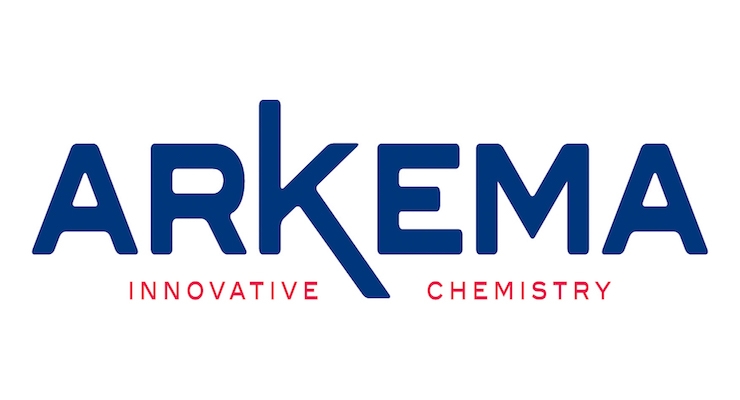01.17.18
In 2017, Patricia Beurdeley, the Development & Innovation Leader for Architectural Coatings for Arkema in the EMEA region, led and compiled research related to hydrophobic acrylic emulsions used in exterior and interior paint formulations. The results of that research were first unveiled by Werner Ullenboom, Sales Director for Arkema Coating Resins in Northern Europe in Nov. 2017, at the Verband der Ingenieure des Lack und Farbenfaches e.V. (VILF) Annual Conference.
The study focused on the performance attributes of hydrophobic emulsions using new Arkema products when compared to 100 percent acrylics and various other compositions in both interior and exterior formulations.
“Excellent water resistance is among the most desirable attributes in both architectural coatings and construction materials,” Beurdeley said. “The research we presented showcases the advances Arkema is making to help formulators achieve a higher level of performance without compromising other performance factors.”
The testing compared the performance of coatings made using multiple pure acrylics to coatings made with new hydrophobic Arkema resins at minimum film forming temperatures (MFFT) ranging from 5° to 20° C. Performance was based primarily on the water resistance of the formulated product.
The hydrophobic formulations provided a wide range of improvements when compared to those using more traditional resins, including better water-whitening resistance, no film defects, alkali resistance, silicate stability, elongation properties and also hardness development for the low MFFT versions.
“These advances will lead to a more resilient and better performing paint formulation,” Beurdeley said. “Additionally, we saw marked improvement in stain resistance and removal for interior paint applications. We think many formulators will find it useful to have a multi-purpose acrylic binder than can exhibit these properties across a range of MFFT.”
The study focused on the performance attributes of hydrophobic emulsions using new Arkema products when compared to 100 percent acrylics and various other compositions in both interior and exterior formulations.
“Excellent water resistance is among the most desirable attributes in both architectural coatings and construction materials,” Beurdeley said. “The research we presented showcases the advances Arkema is making to help formulators achieve a higher level of performance without compromising other performance factors.”
The testing compared the performance of coatings made using multiple pure acrylics to coatings made with new hydrophobic Arkema resins at minimum film forming temperatures (MFFT) ranging from 5° to 20° C. Performance was based primarily on the water resistance of the formulated product.
The hydrophobic formulations provided a wide range of improvements when compared to those using more traditional resins, including better water-whitening resistance, no film defects, alkali resistance, silicate stability, elongation properties and also hardness development for the low MFFT versions.
“These advances will lead to a more resilient and better performing paint formulation,” Beurdeley said. “Additionally, we saw marked improvement in stain resistance and removal for interior paint applications. We think many formulators will find it useful to have a multi-purpose acrylic binder than can exhibit these properties across a range of MFFT.”
























